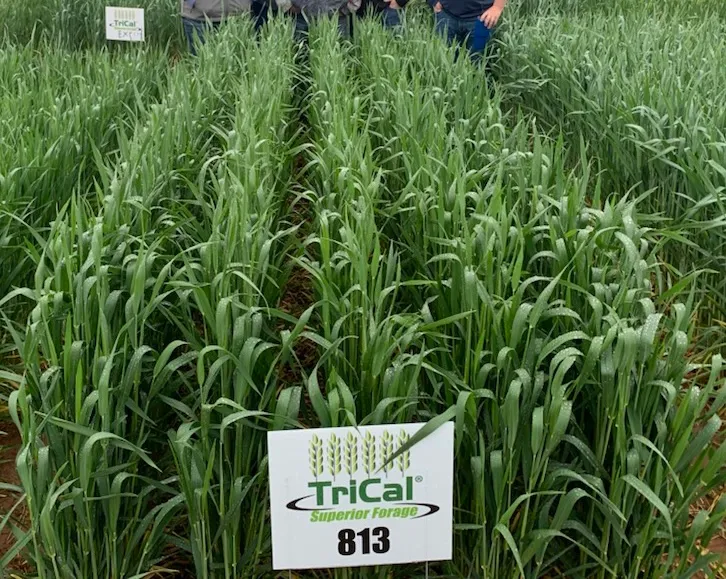
813
Tricale hexaploide var. 813
813 is one of the most utilized triticale's in the Midwest. 813 is awnletted and has a superior disease package that works well for both grazing and chopping. 813 is consistently at the top of the list in both tonnage and quality.
- Growing Region: Midwest
- Blooms:
- Life Form: Grass
- Application Type: Agricultural Conservation, Cover Crop
- Height: 4+ ft
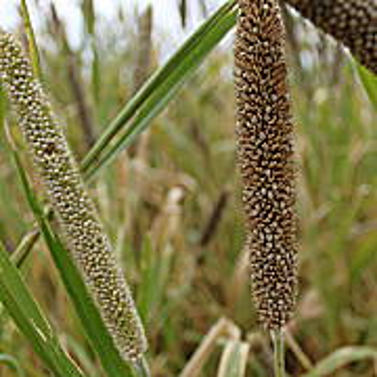
All Star BMR Pearl Millet
Pennisetum glaucum
All Star BMR Pearl Millet All Star BMR Pearl Millet is a hybrid brachytic dwarf BMR and a summer annual forage grass suited best for grazing or hay. Classified as a tall growing warm season grass, with stems that grow in thick clumps with abundant leaves 1 ½ to 2 inches wide. Product Tech Sheet Related ProductsBruiser Sorghum SudangrassBrutis Forage SorghumDrylander Sorghum SudangrassExcel II Sorghum SudangrassGreen Field Plant late May through July For best results, plant when soil temperatures reach 60 degrees Planting rates drilled: Dryland 10-20 LBS/Acre, Irrigated 20-28 LBS/Acre Planting depths of 1/2 to 1 inch deep High palatability when grazed 4-6 weeks after planting Hay at approximately three feet before seed heads develop
- Growing Region: Southeast, Midwest
- Blooms:
- Life Form: Grass
- Application Type: Agricultural Conservation, Cover Crop
- Height: 4+ ft
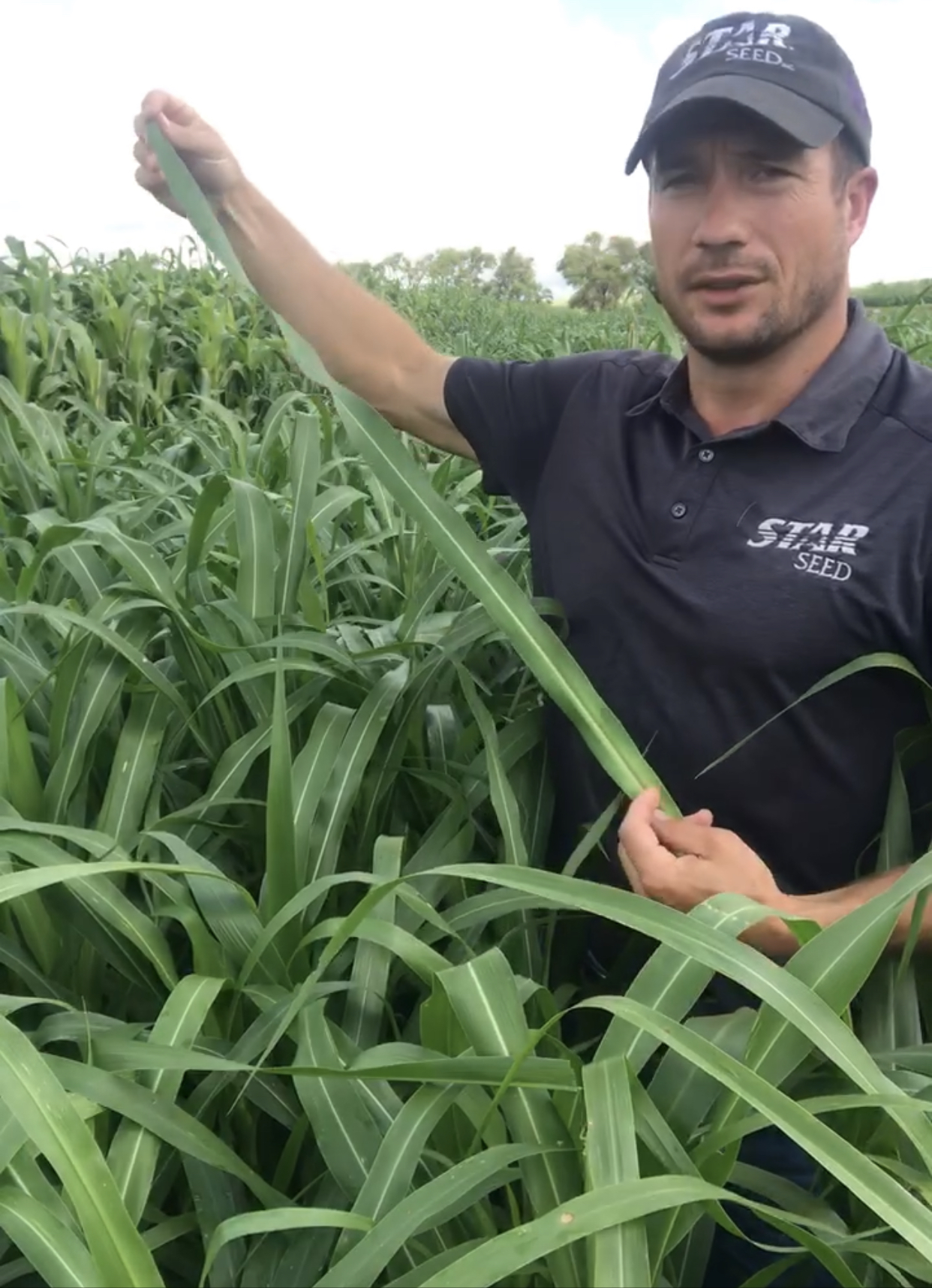
All Star Hybrid Pearl Millet
Pennisetum glaucum
All Star Hybrid Pearl Millet is a summer annual grass best suited for grazing or haying. This tall growing, warm season grass has stems that grow in thick clumps with abundant leaves 1 to 1 1/2 inches wide. Because it does not produce prussic acid, it is safer t0 graze than Sorghum Sudangrass, particularly horses. Product Tech Sheet Related ProductsBrutis Forage SorghumPacker Forage SorghumDrylander Sorghum SudangrassGreen Field Well suited for poor or infertile soils Performs well infertile soils, if fertilized initially High palatability due to the fine stems and leafy characteristics Hay when the plants reach at least three feet Graze as soon as 4-6 weeks after planting Planting dates from late May through July Planting rates drilled: Dryland - 10-20 LBS per Acre Drilled _ Irrigated - 20-28 LBS per Acre Drilled For best results seed when soil temperatures reach 60 degrees
- Growing Region: Southeast, Midwest
- Blooms:
- Life Form: Grass
- Application Type: Agricultural Conservation, Cover Crop
- Height: 4+ ft
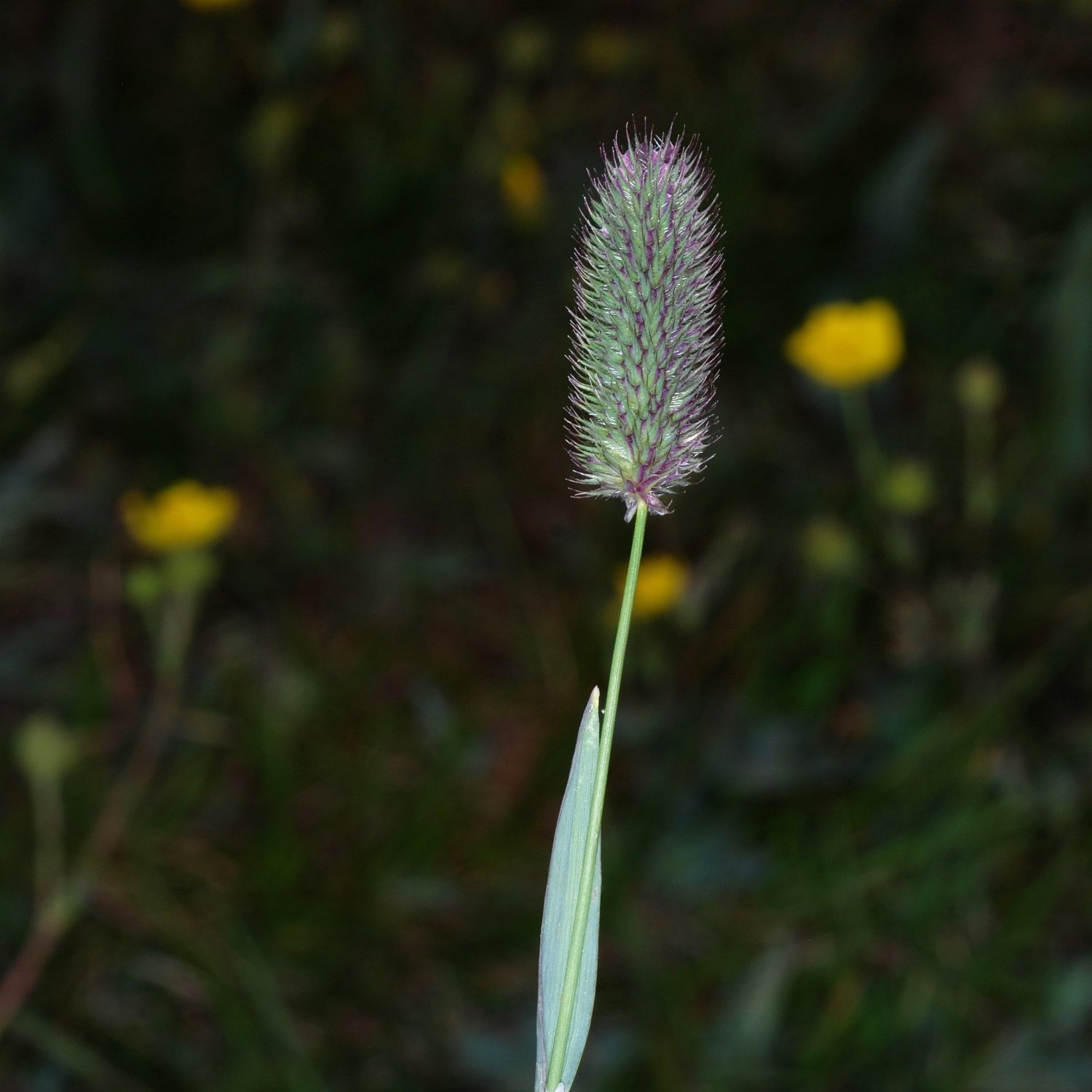
Alpine timothy
Phleum alpinum
Short, Cool season, perennial native bunchgrass sometimes forming a sod. Occurs at high elevations in northern latitudes from 4,000-12,500 ft. Prefers mountain meadows, bogs and streambanks in well-drained to poorly drained soils. Provides good forage that stays green throughout the summer and late season. Used to revegetate roadsides, ski slopes and mines.
- Growing Region: Southeast, Midwest
- Blooms:
- Life Form: Grass
- Application Type: Agricultural Conservation, Erosion Control, Habitat Restoration, Land Reclamation
- Height: 1-2 ft
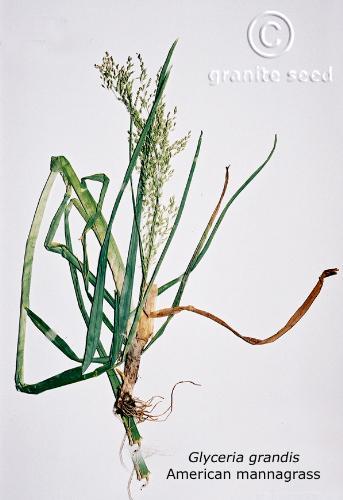
American mannagrass
Glyceria grandis
Cool season, rhizomatous, native perennial that occurs in wetlands, streambanks, marshes and ditches. Requires wet to moist soils; withstands periods of submersion. Grows rapidly. Important wetland food and habitat source for waterfowl, muskrats and deer throughout its range.
- Growing Region: Pacific Northwest, Southeast, Midwest
- Blooms:
- Life Form: Grass
- Application Type: Habitat Restoration, Land Reclamation
- Height: 1-3 ft
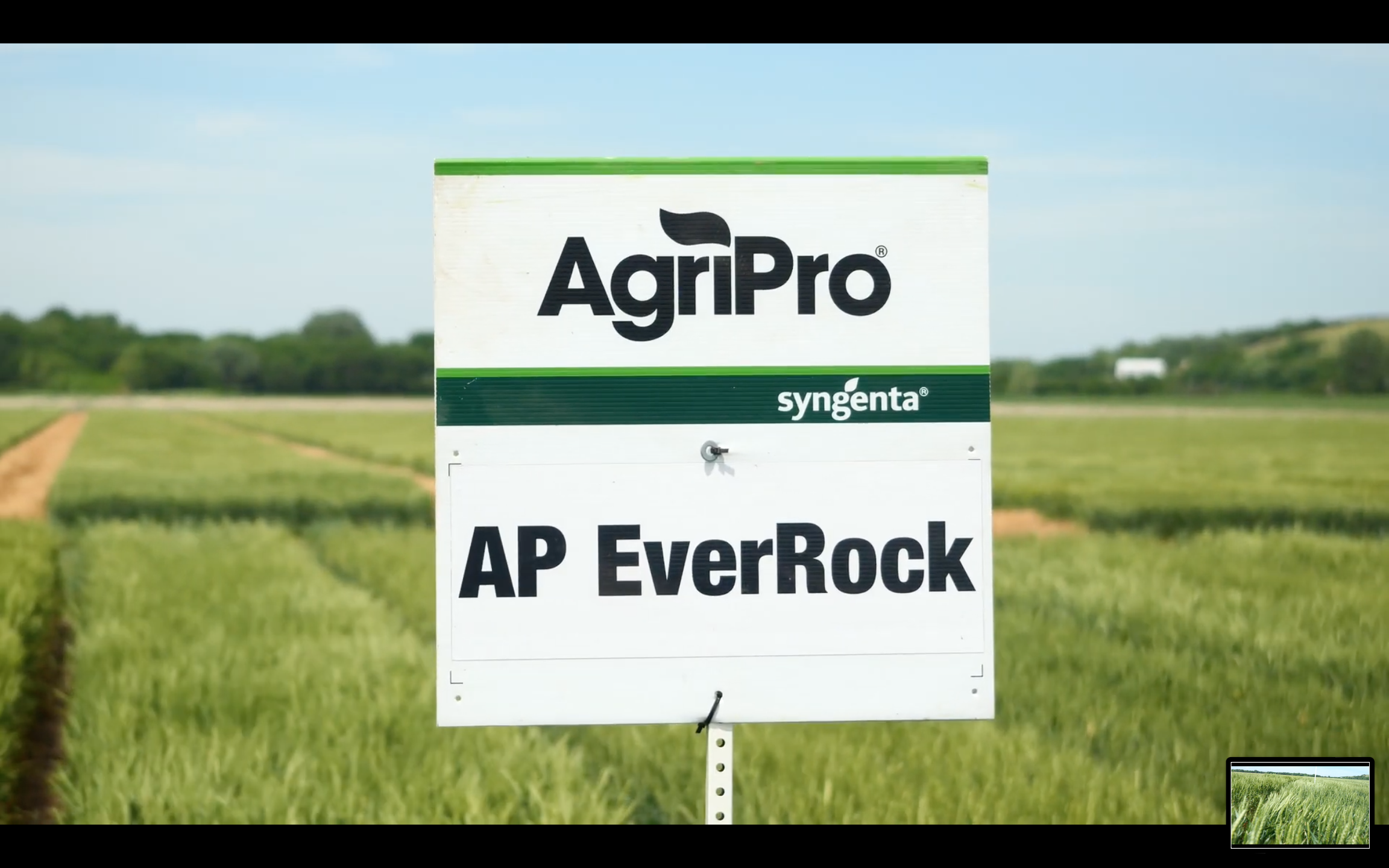
AP EverRock
Triticum aestivum
AgriPro is leading the way in the development and delivery of superior wheat seed genetics in North America. From our Junction City, Kansas, research center each year more than 2,000 new experimental lines are generated and tested across 25 research and testing sites in Kansas, Nebraska, Colorado, Wyoming and South Dakota. Only the very best of these experimental lines are advanced as potential AgriPro varieties.Star Seed is your best source of information on wheat varieties. With their years of experience and expertise in wheat, they can assist you in choosing the right wheat variety for your soil types and management practices. Star Seed is a great source for consistently high quality wheat seed produced across Kansas and Nebraska.Because they are well adapted and bred for consistent performance, AgriPro varieties offer high-yield potential, good test weights and high-quality grain. Wheat producers like the consistency that AgriPro varieties provide under a wide range of conditions.
- Growing Region: Southeast, Midwest
- Blooms:
- Life Form: Grass
- Application Type: Agricultural Conservation, Cover Crop
- Height: 1-3 ft
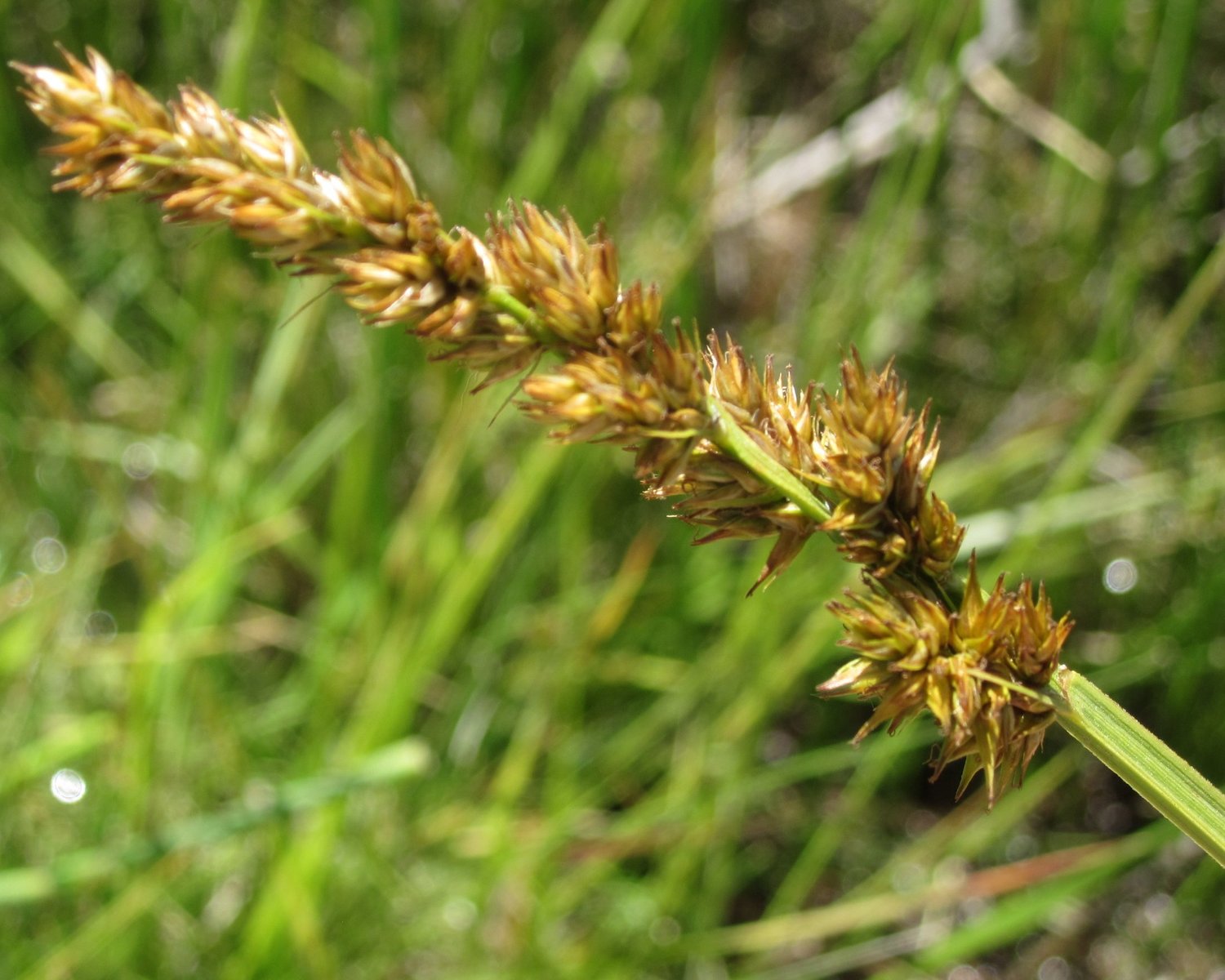
Awlfruit sedge
Carex stipata
Cool season, tall, native perennial grasslike. Grows in dense clumps. Widely distributed across the northern latitudes of the U.S. Adapted to seasonally flooded wetlands, marsh edges and sites with still or slow moving water, usually in full sun. Excellent seed producer; floating seeds are a visible food source for waterfowl. Useful in habitat restoration, wetland projects and detention basins.
- Growing Region: Midwest, Pacific Northwest
- Blooms:
- Life Form: Grass
- Application Type: Agricultural Conservation, Habitat Restoration
- Height: 1-3 ft

Baltic rush
Juncus balticus
Cool season, sod-forming, riparian native perennial grasslike. Occurs from deserts to subalpine zones, on saline or alkaline soils. Widely distributed, often found as a community dominant. Excellent for rehabilitating wetland and riparian ecosystems as well as some seasonally dry sites. Able to fix nitrogen. Used by a wide range of mammals and birds for food and habitat.
- Growing Region: Pacific Northwest, Midwest
- Blooms:
- Life Form: Grass
- Application Type: Habitat Restoration, Land Reclamation
- Height: 1-2 ft
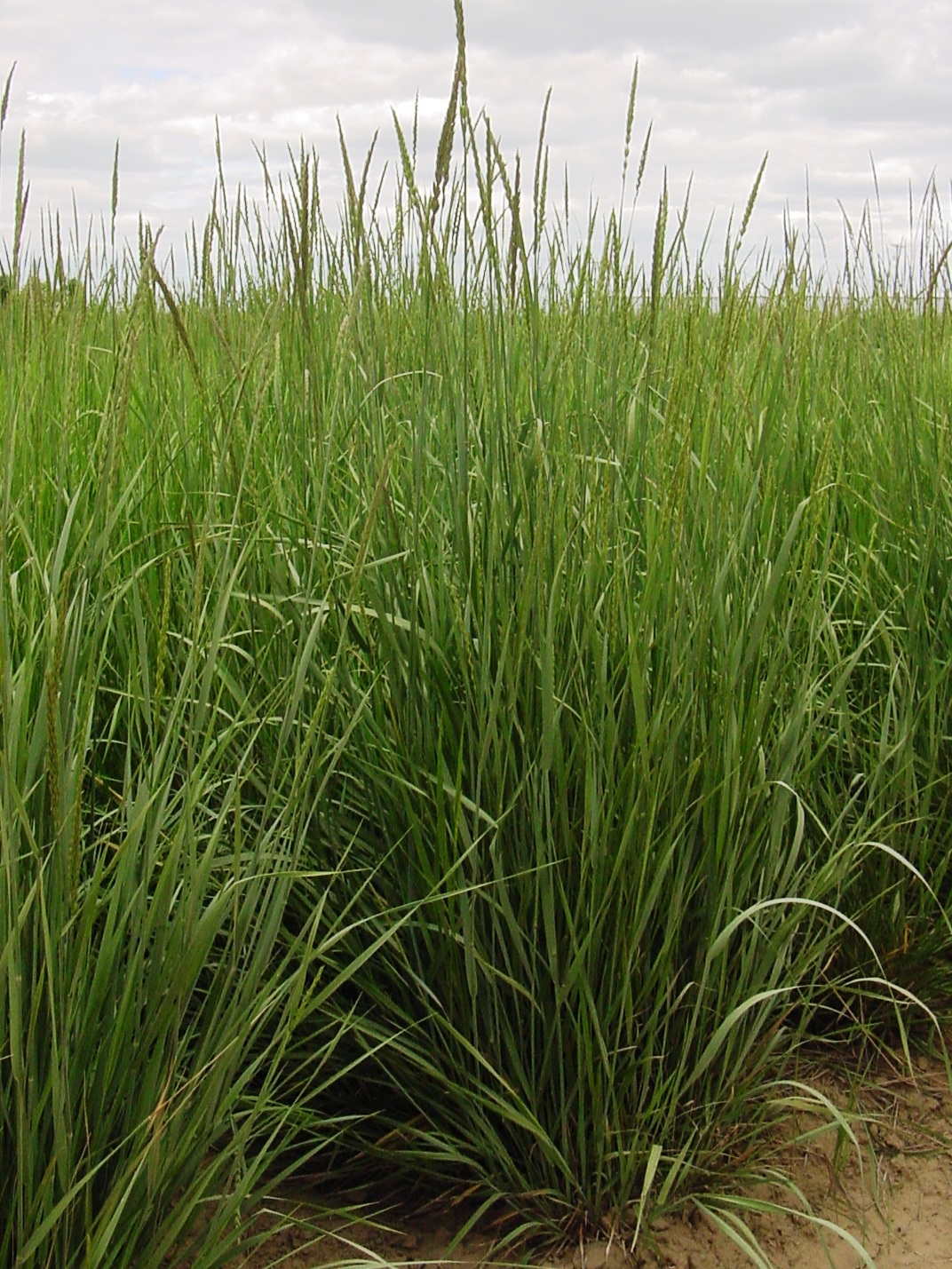
Basin wildrye
Leymus cinereus
Basin wildrye is a large, coarse, robust, perennial bunchgrass. Basin wildrye clumps may reach 3 feet in diameter and 3 to 6 feet tall (10 feet under excellent soil and climate conditions). The growing points are 10 to 12 inches above the crown. It is a long-lived Cool season native with an extensive deep coarse fibrous root system.Native to the Great Plains and Intermountain regions of the western United States, Basin wildrye occurs in moist to dry sites including wet meadows, valley bottoms, flood plains and hillsides. It is very winter hardy and has a rather broad climatic adaptation. It grows best in areas with average annual precipitation of 8 inches to above 20 inches.
- Growing Region: Southeast, Midwest
- Blooms:
- Life Form: Grass
- Application Type: Agricultural Conservation, Cover Crop
- Height: 1-3 ft
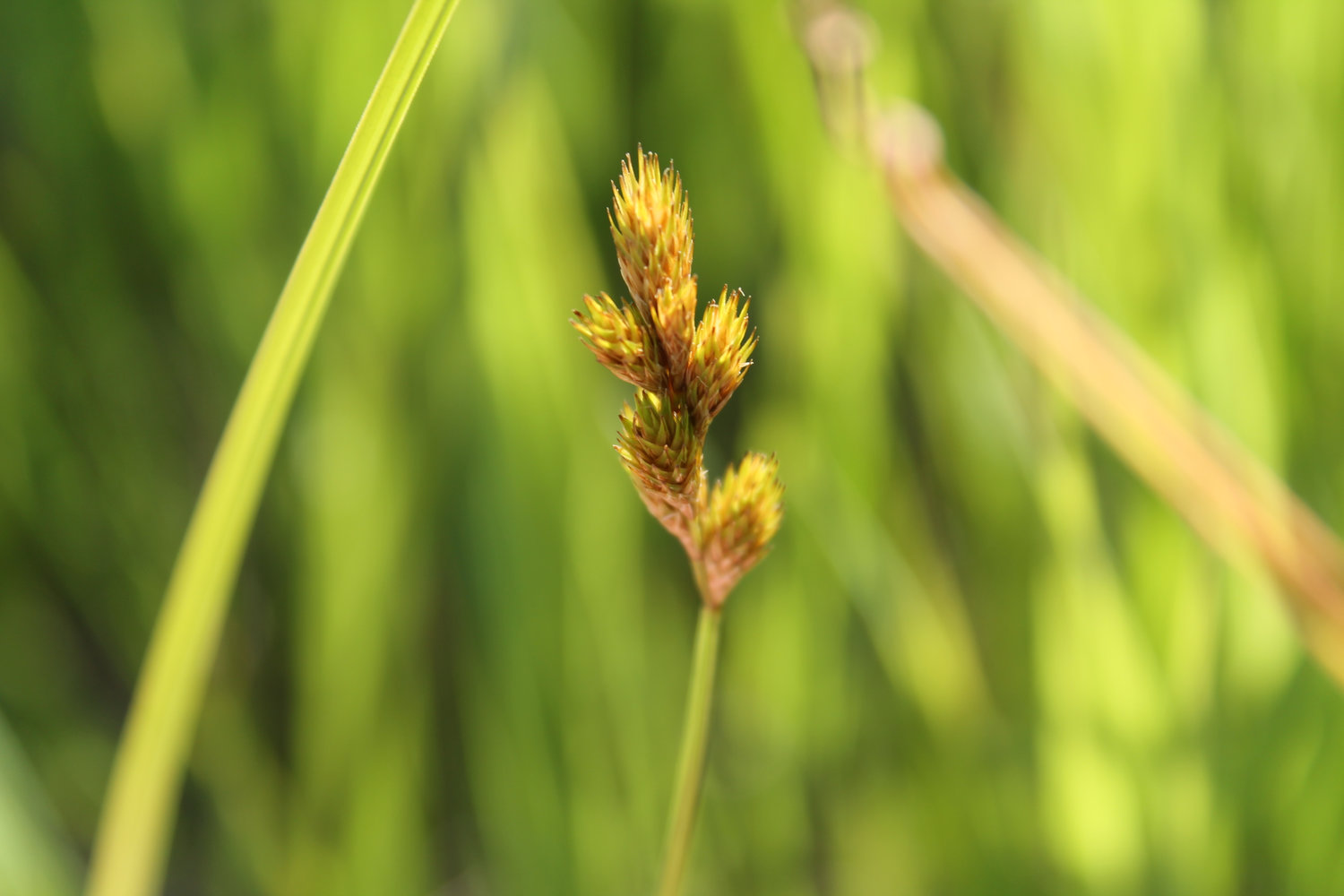
Bebb's sedge
Carex bebbii
Cool season, tufted, native perennial grasslike. Occurs in wet meadows, streambanks, ditchways and saturated soils from low to mid elevations. May mimic an annual by maturing and flowering in its first growing season. Increases with disturbance. Good palatability to livestock and wildlife. Useful for wetland and riparian restoration.
- Growing Region: Midwest, Southeast, Pacific Northwest
- Blooms:
- Life Form: Grass
- Application Type: Agricultural Conservation, Erosion Control, Habitat Restoration, Land Reclamation
- Height: 1-2 ft
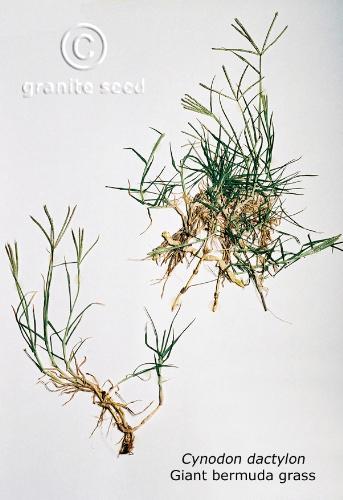
Bermudagrass
Cynodon dactylon
Warm season, long-lived, perennial that spreads from rhizomes and stolons forming dense patches. Adapted to a wide variety of sites, including saline soils. Widely used for erosion control and as highly palatable forage for livestock, but may be an aggressive invader. Listed as noxious in some states. Used also as a turfgrass in the south.
- Growing Region: Southeast, Midwest, Southwest
- Blooms:
- Life Form: Grass
- Application Type: Agricultural Conservation, Commercial Beautification, Erosion Control, Land Reclamation, Turf
- Height: 1-2 ft
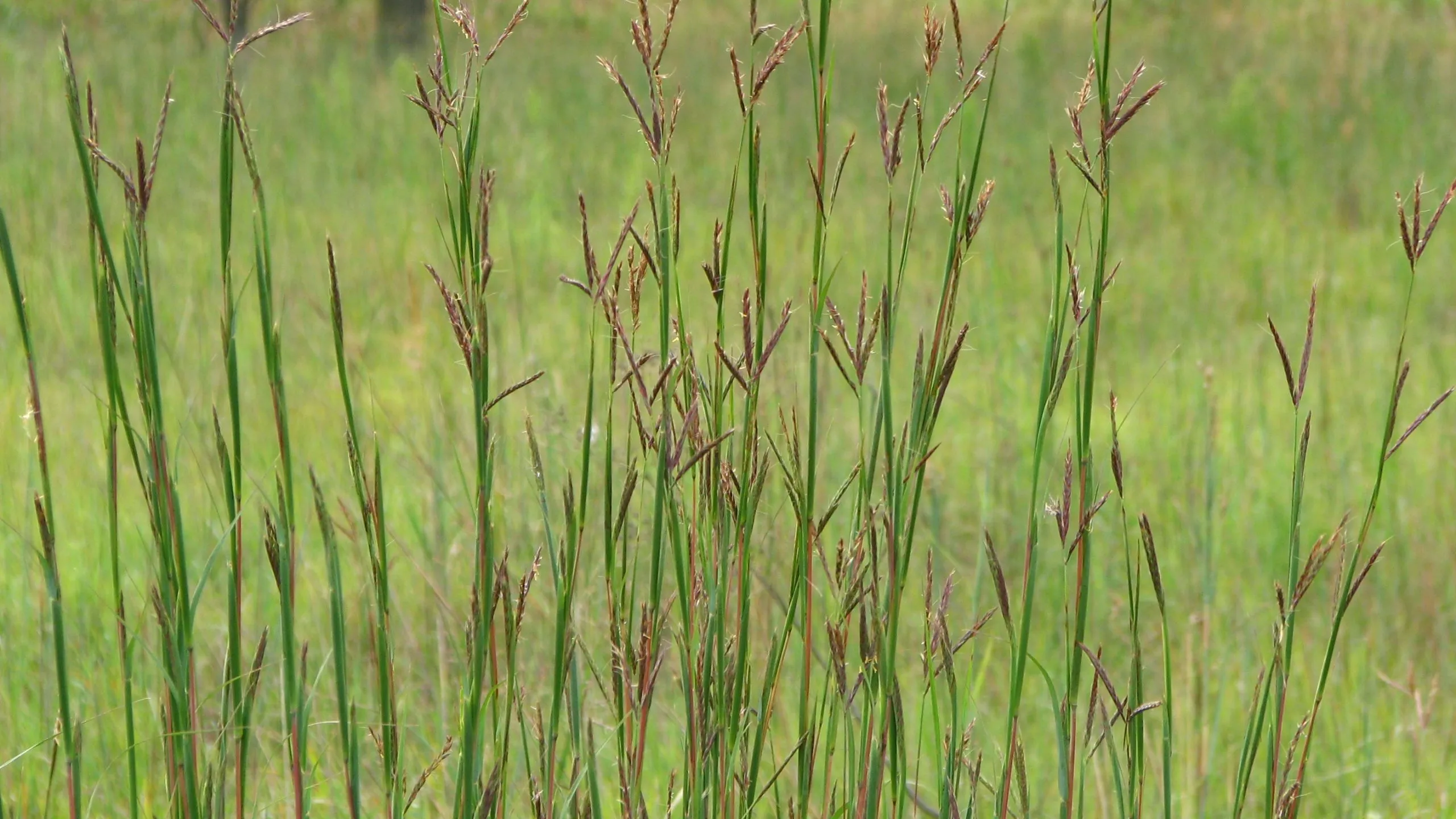
Big bluestem
Andropogon gerardii
Warm season, long-lived, perennial, bunchy sod-former occurs on a wide range of sites but thrives on well-drained soils. Rhizomes spread slowly. Tall, averaging 5-8 ft. in height, occasionally reaching 12 ft. Tolerates slightly acidic and saline soils. Withstands periodic flooding and high water tables. Co-dominant species with Indiangrass (Sorghastrum nutans) in the tallgrass prairie ecosystem; minor component of some mixed-grass prairie sites. Excellent palatability and highly productive.
- Growing Region: Midwest, Intermountain West
- Blooms:
- Life Form: Grass
- Application Type: Agricultural Conservation, Erosion Control, Habitat Restoration, Land Reclamation
- Height: 1-4 ft
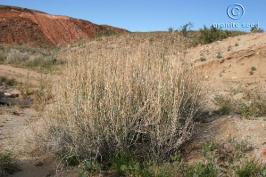
Big galleta
Pleuraphis rigida
Formerly Hilaria rigida. Warm season, strongly rhizomatous, perennial grows in large shrub-like clumps. Best on sandy or gravelly soils; poor on clays. More drought tolerant than other Pleuraphis species. Greens-up quickly after spring rains and again in the fall when moisture is available. Found across large expanses of dunes in the Sonoran and Mohave Desert communities. Good reclamation species.
- Growing Region: Pacific Northwest, Midwest, Southeast
- Blooms:
- Life Form: Grass
- Application Type: Habitat Restoration, Land Reclamation
- Height: 1-2 ft
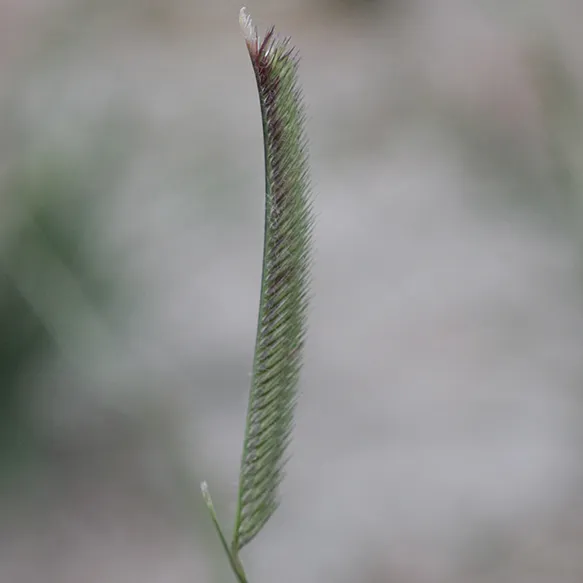
Blue Grama
Bouteloua gracilis
Warm season, drought tolerant, perennial sod-former. Adapted to a broad spectrum of soils, but thrives on medium textured, well-drained sites. Highest drought tolerance of the major Great Plains grasses. Grows in bunches in the southern U.S., but is a sod-former in the mixed-grass and shortgrass plains, at higher elevations or when frequently watered or closely grazed. Highly palatable and nutritious year round. Also used as a low maintenance turfgrass.
- Growing Region: Southwest, Intermountain West, Midwest
- Blooms:
- Life Form: Grass
- Application Type: Agricultural Conservation, Erosion Control, Turf, Commercial Beautification, Habitat Restoration, Land Reclamation
- Height: 1-2 ft
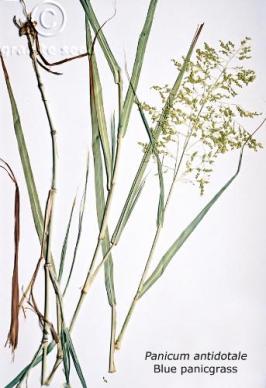
Blue panicgrass
Panicum antidotale
Robust, Warm season, perennial bunchgrass which spreads by rhizomes and has an extensive fibrous root system. Prefers heavy, fertile, well-drained soils. Highly palatable to livestock. Useful for irrigated pastures and improving rangelands.
- Growing Region: Southeast
- Blooms:
- Life Form: Grass
- Application Type: Forage & Pasture, Land Reclamation
- Height: 4+ ft